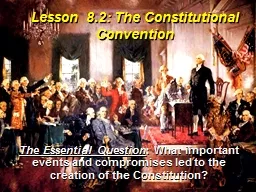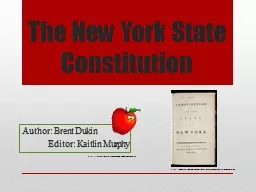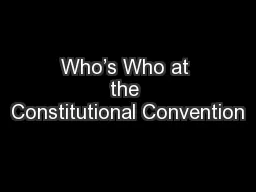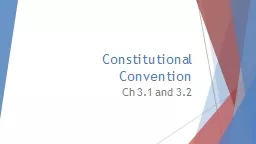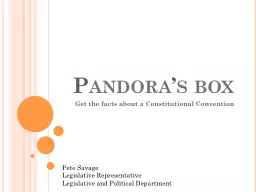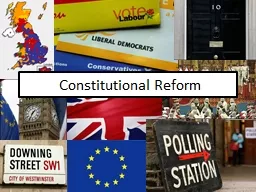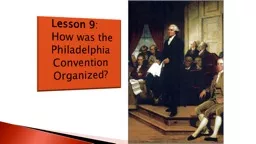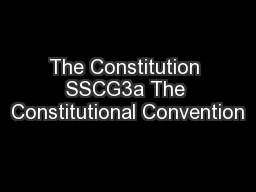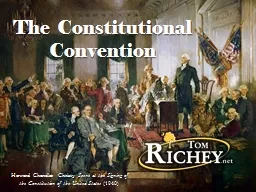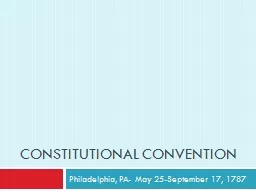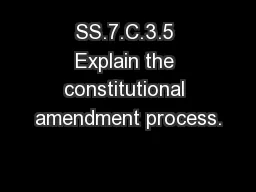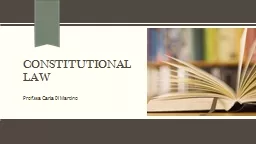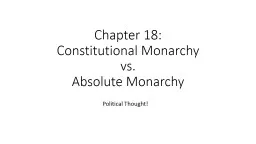PPT-Lesson 8.2: The Constitutional Convention
Author : karlyn-bohler | Published Date : 2019-12-06
Lesson 82 The Constitutional Convention The Essential Question What important events and compromises led to the creation of the Constitution Vocabulary event something
Presentation Embed Code
Download Presentation
Download Presentation The PPT/PDF document "Lesson 8.2: The Constitutional Convent..." is the property of its rightful owner. Permission is granted to download and print the materials on this website for personal, non-commercial use only, and to display it on your personal computer provided you do not modify the materials and that you retain all copyright notices contained in the materials. By downloading content from our website, you accept the terms of this agreement.
Lesson 8.2: The Constitutional Convention: Transcript
Download Rules Of Document
"Lesson 8.2: The Constitutional Convention"The content belongs to its owner. You may download and print it for personal use, without modification, and keep all copyright notices. By downloading, you agree to these terms.
Related Documents

